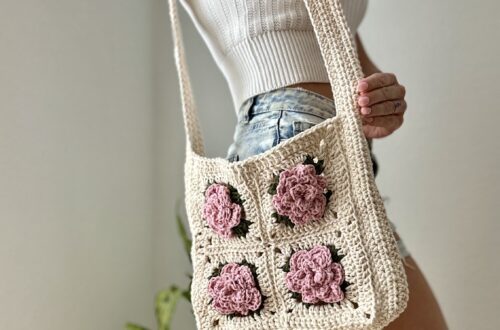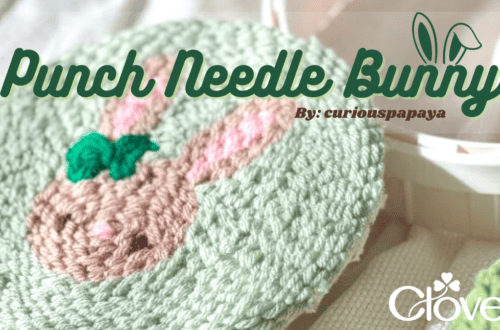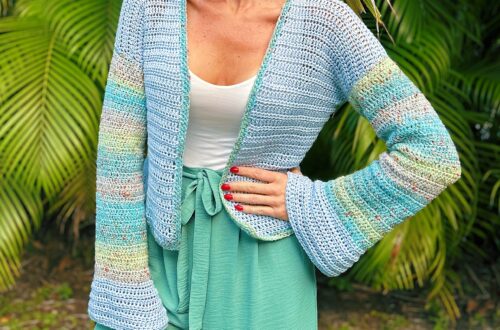Rustic Patchwork Potholder – Sewing Project

Growing up, some of my most vivid memories spent with my Great Grandmother were in her kitchen.
Whether we were cooking food or crafting at the table, we spent many hours in there together sipping coffee and enjoying each other’s company. Her kitchen had many of the things you might expect from someone born in the ’40s, but none made as big an impact on me as her potholders. The handful she had hanging had served through years of wear and tear, all handmade. There was a special and undeniable beauty in their functionality and distress, and I’ve been trying to capture the feeling they’ve left me with in my designs ever since.
Grab a few fat quarters, some insulating fabric, and a warm cup of coffee, and let’s make one!
Supplies:
- Patchwork Scissors (Mini) – Art. No 493/CW
- Rotary Cutter (45mm) – Art. No 7500
- Cutting Mat – Art. No 7520
- Pen Style Chaco Liner – Art. No 4710-4714
- Wonder Clips – Art. No 3185
- Wonder Pins- Art. No 3210
- Universal Machine Needles – Art. No 9114
- 3 Contrasting Fat Quarters of Cotton Fabric
- 50 Weight Thread
- Sewing Machine
- Insulating Fabric
- Iron and Ironing Board

Marking Squares:
To begin, chose two of the three fat quarters as contrasting patterns for the front patchwork design. Iron out any wrinkles. With Chaco liner, mark out eight 3” squares on each of the two fat quarters. You are able to make approximately 4 front panels for potholders with the same two fat quarters.



Prepping Fabric:
Taking your rotary blade on the cutting mat, cut out all squares of both fat quarters. There will be 16 squares in total. Make eight piles of 2 squares each with one dark square on bottom, and one light square on top. Take your chaco liner and mark each lighter square with a line directly down the diagonal (refer to photo).





Sewing Half Squares:
Set sewing machine to a straight stitch with a short stitch length. Place Chaco line against the right of the presser foot (1/4” seam allowance) and sew across. Do not backstitch. Turn squares 180 degrees and sew up the opposite side of the Chaco line. Trim thread.



Cutting and Pressing:
Taking your patchwork scissors, cut along Chaco line with every pair of squares. Do not trim off points. After all squares have been cut, open newly formed half squares and press seam flat towards darker fabric. This will better hide seams on the front side of panel. Position half squares as pictures, or create a pattern of your choice before moving on to joining.




Joining Half Square Rows:
Begin piecing half squares together. Start from the top leftmost squares and move only in rows. Place half squares right sides together and sew using a 1/4” seam allowance. After all rows are joined, iron seams flat.





Finishing Join:
After all seams are pressed, repeat the joining process to seam individual rows together. Take Wonder Clip and clip strips together at every seam intersection to keep squares as even as possible. Use 1/4” seam allowance. Iron flat and trim all threads.




Sewing Loop:
Cut a piece of fabric approximately 3” by 8”. Fold over onto itself lengthwise and sew long edge using 1/4” seam allowance. Turn right side out and press.



Joining Panels:
Cut third fat quarter to exact dimensions of the completed panel. Cut insulating fabric (I recommend felted wool, at least 1/4” thick) to 3/4” less. Set aside. Make a loop with 8” seamed fabric and place upside down in a corner of the quilted panel. Place contrast fabric over, and sew across corner. Cut excess fabric.





Quilting Potholder:
Place insulating fabric in between quilted and plain fabrics. Try to get as close to directly in the middle as possible. This project is rustic, so don’t sweat! Taking Wonder Pins, pin through all three layers of fabric at points in the picture below. Using a straight stitch, sew along seams in an ampersand pattern.




Seaming and Distressing Raw Edge:
Stitch along raw edge using a 1/4”-3/8” seam allowance. Trim off any uneven edges of the fabric. Taking your patchwork scissors, move along the edge, pulling at and fraying the fabrics until all sides of potholder are completely frayed. Comb through frayed edges. Taking your rotary cutter, trim any threads that are excessively long.




We’ve completed our potholder! This project has done wonders for me in terms of not being too precious with every piece. There is beauty in the imperfect, in the worn and well-loved. This potholder will be used in my home for many, many years, and I hope that yours will serve your family for generations to come as well!

Follow what Quayln is up to next on his Blog | Instagram | Facebook | Pinterest | YouTube | Ravelry
Stay connected with Clover on Facebook | Twitter | Instagram | Pinterest | YouTube | Ravelry


